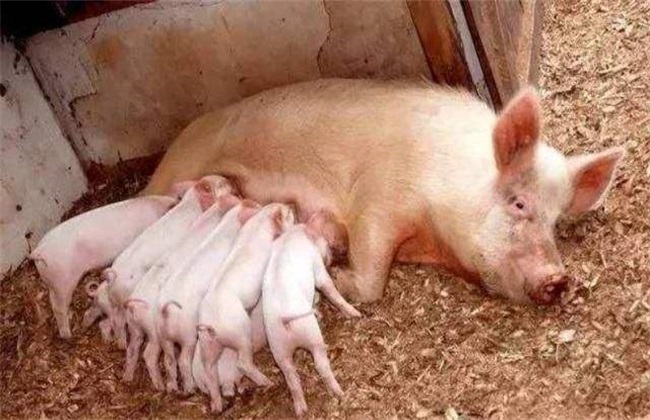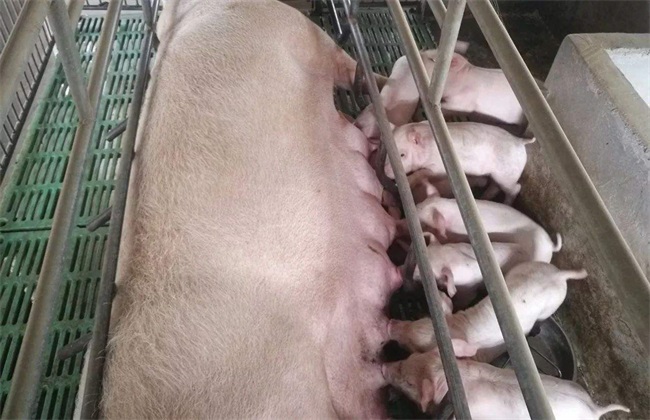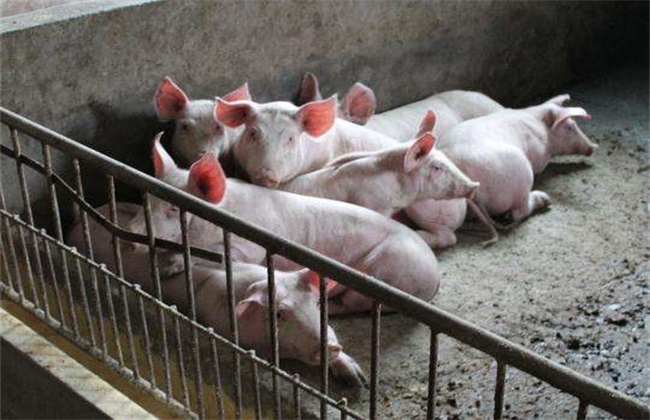What about the low feed intake of lactating sows?
Sows need to breast-feed their piglets after giving birth. And many pig farmers will find that the feed intake of lactating sows is relatively small during the lactation period of sows. This will not only affect the nutrition absorption of lactating sows, but also reduce the lactation of lactating sows, resulting in a shortage of breast milk in piglets, thus reducing the survival rate. So what if the feed intake of lactating sows is low? The following editor will give you a brief introduction, let's have a look!

1. Reasonable cooling
Temperature has a great effect on the food intake of sows, although some farmers also adopt cooling methods during lactation. However, when cooling, the main details of cooling are mostly ignored, which leads to poor cooling effect. When we cool down, it is best to use dripping cooling and negative pressure ventilation together, so that it can effectively increase the food intake of sows. Keep the water temperature at about 20 degrees and the dripping rate at 40-50 drops per minute, but pay attention to the sow house humidity is not too high.
2. Adequate drinking water
We also need to provide adequate clean drinking water for lactating sows, which can reduce heat stress caused by high temperature. It can also effectively increase the feed intake of sows, so we should increase the amount of drinking water of sows to ensure water quality and water temperature. An appropriate amount of baking soda and other substances can be added to the water, which can significantly reduce heat stress. It can be said that the amount of water consumed by sows is proportional to their food intake, so if we want to increase the amount of food intake of sows, it is very good to start with the drinking water of sows and increase the amount of water consumed by sows.
3. Protecting the palace after delivery
Many farmers in sows within three days after delivery, do not do a good job of postpartum palace protection, generally will only give them intramuscular injection. As a result, sows have a greater stress response, resulting in increased body temperature and low appetite, resulting in low food intake. Therefore, we must do a good job of protecting the uterus after delivery, and use potassium permanganate to clean and disinfect the vulva and afterdrive parts of sows within a week after delivery. After giving birth, the foreign body in the sow should be excreted in time. Finally, the sow was injected with a long-acting sensitive antibiotic product to reduce inflammation.
4. Feeding management
Feeding management in the first week after sow production is very important, do not feed too much too quickly after the first week, otherwise it will affect the feed intake of sows during the whole lactation period. Therefore, we should pay attention to control food intake in the first week, and then let it eat freely after the first week. Then in the feed, it is best to be able to feed at the lowest temperature every day, the feed is mainly wet, properly increase the feeding times, can effectively enhance the feed intake of sows. However, it should be noted that the number of times of feeding should not exceed 5 times a day, otherwise it may also cause stress reaction.
The above is a brief introduction to the low feed intake of lactating sows. That's all for today's introduction. This article is for reference only. I hope it can help you all.
Related
- On the eggshell is a badge full of pride. British Poultry Egg Market and Consumer observation
- British study: 72% of Britons are willing to buy native eggs raised by insects
- Guidelines for friendly egg production revised the increase of space in chicken sheds can not be forced to change feathers and lay eggs.
- Risk of delay in customs clearance Australia suspends lobster exports to China
- Pig semen-the Vector of virus Transmission (4)
- Pig semen-the Vector of virus Transmission (3)
- Five common causes of difficult control of classical swine fever in clinic and their countermeasures
- Foot-and-mouth disease is the most effective way to prevent it!
- PED is the number one killer of piglets and has to be guarded against in autumn and winter.
- What is "yellow fat pig"? Have you ever heard the pig collector talk about "yellow fat pig"?



